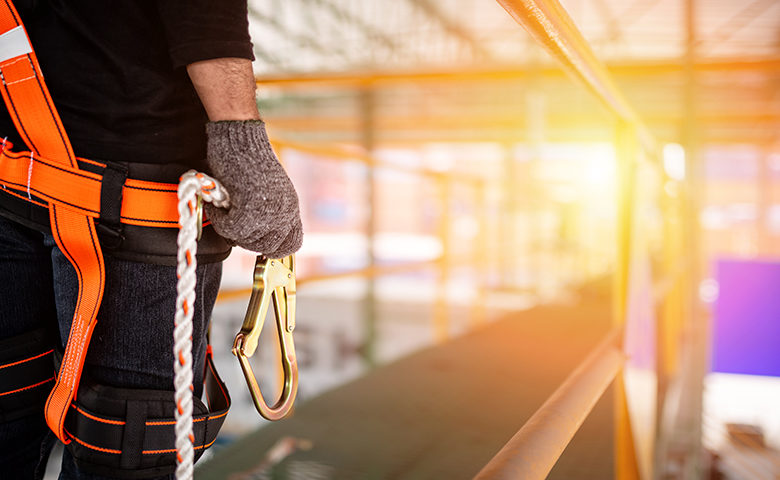This is an excerpt from our free safety guide on working at heights.
Falls may not be the most common workplace incident, but when they occur they often result in a serious injury or fatality. The hospitalization rate for falls from ladders alone is roughly three times higher than the average injury.
When it comes to medical compensation costs, falls are one of the three most expensive causes of injuries. And that doesn’t account for the indirect costs of lost-time, which include reduced productivity and plummeting morale. Nearly half of falls lead to at least a month of missed work. And the cost of dropped tools and equipment can also be substantial.
The standard advice from OSHA on preventing falls from heights is to plan, provide and train. It’s a catchy summary of the following compliance requirements:
-
- risk assessments and other planning activities should occur before work begins
- from ladders to harnesses, the proper equipment must be provided
- training must be conducted on fall prevention rules, practices and equipment
It’s good practice to follow OSHA’s plan for working at heights. But planning, providing and training is only the start—you also need to account for a few more crucial elements.
Planning, providing and training all happen ahead of time. Once someone starts working at heights, it’s up to them to put their training and equipment to good use.
There are several factors conspiring against workers once their feet leave the ground.
Complacency and the normalization of risk lulls experienced workers into a false sense of comfort—and leads them to take riskier actions.
Compounding risk makes a bad situation worse—and often workers don’t even realize it.
Human error can strike anyone at any time—especially as people rush or become tired.
Supervisory effectiveness can dramatically sway the risk of working at heights—either positively or negatively.
To execute an effective falls prevention program, you have to understand these issues and then deal with them head-on.
Read the complete guide to protecting workers at heights to learn how to go beyond the standard advice to prevent falls, and to help workers adopt advanced safety skills and awareness to keep risk in perspective and to reduce human error.

